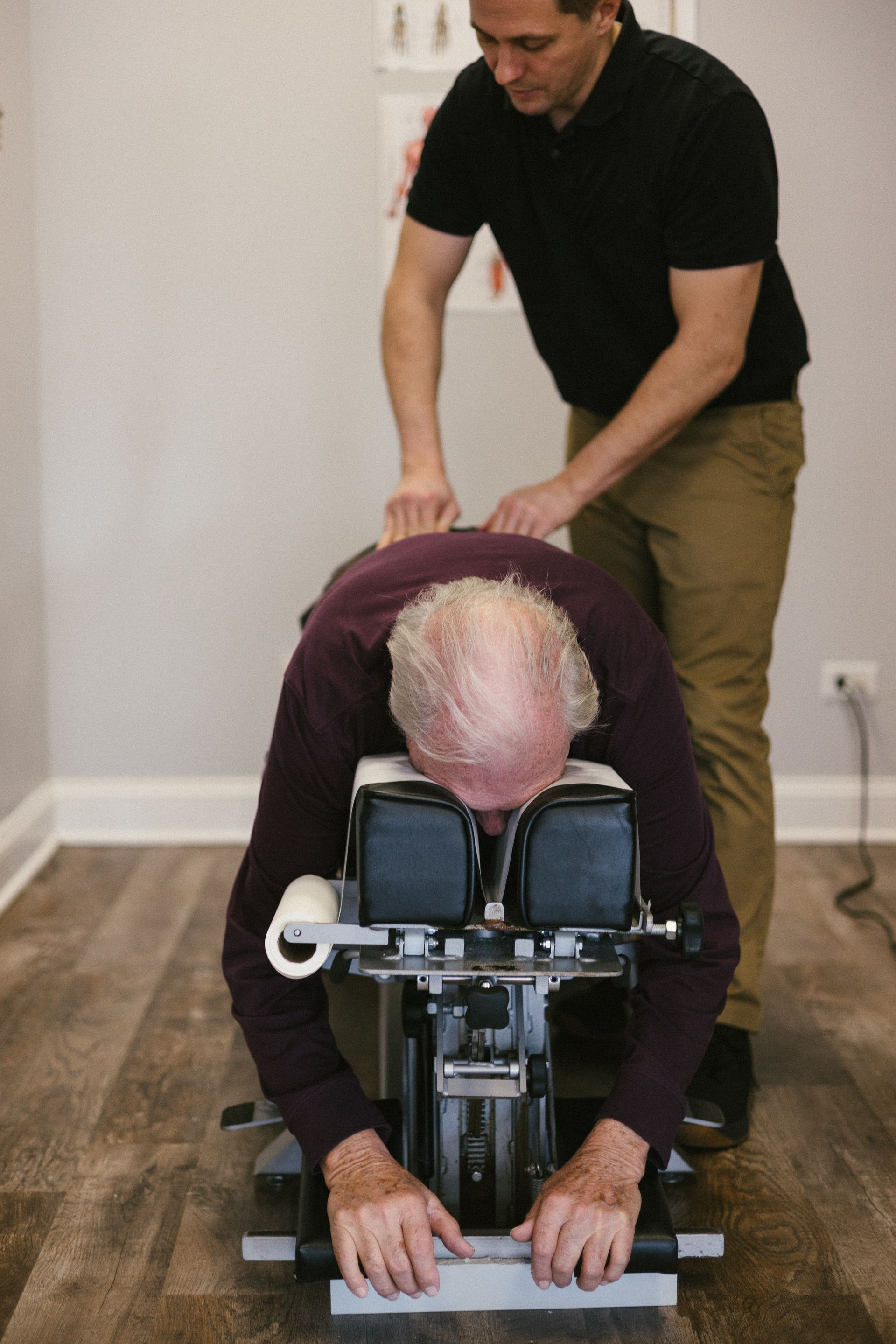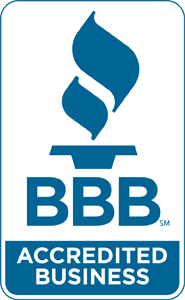The Power of Myofascial Release Therapy for Pain Relief and Improved Mobility

Are you tired of living with chronic pain? Has limited mobility hindered your daily activities? If so, you'll be glad to discover the transformative benefits of myofascial release therapy. This holistic approach to manual therapy focuses on releasing tensions and restrictions in the myofascial system, providing relief from pain and promoting improved mobility. In this comprehensive guide, we will explore the principles of myofascial release therapy, its wide range of applications, and how it can help you regain control over your body. Get ready to embark on a journey towards pain-free living and increased well-being.
Understanding Myofascial Release Therapy
Myofascial release therapy is a specialized technique that targets the fascia, a complex network of connective tissue that surrounds and supports muscles, joints, and organs throughout the body. The fascia plays a crucial role in maintaining proper movement, but when it becomes tight or restricted, it can lead to pain and limited mobility. Myofascial release therapy aims to release these restrictions and restore optimal function to the body.
During a myofascial release session, a skilled therapist applies gentle and sustained pressure to areas of tension and tightness in the fascia. This can be done through hands-on techniques, including massage, stretching, and manual manipulation. By addressing fascial restrictions, myofascial release therapy promotes the restoration of range of motion, alleviation of pain, and increased fascial mobility.
Conditions Treated with Myofascial Release Therapy
Myofascial release therapy has shown remarkable efficacy in treating a variety of conditions that involve pain and limited mobility. Whether you're suffering from chronic back pain, neck pain, fibromyalgia, or sports-related injuries, myofascial release therapy can offer significant relief and help you get back to enjoying life to the fullest.
Athletes, in particular, can benefit from myofascial release therapy. It can effectively address repetitive strain injuries, muscular imbalances, and facilitate optimal performance by restoring proper pelvic alignment. Additionally, myofascial release therapy has been found to be beneficial for individuals with conditions such as temporomandibular joint disorder (TMJ), carpal tunnel syndrome, and even rheumatoid arthritis.
The Science Behind Myofascial Release Therapy
Although myofascial release therapy has gained popularity as an effective treatment modality, scientific research on its specific mechanisms is still evolving. However, the general understanding is that myofascial release therapy works by releasing fascial restrictions, improving tissue mobility, and promoting the body's natural healing processes.
When the fascia becomes tight or restricted, it can lead to decreased blood flow, impaired tissue hydration, and increased pain sensitivity. Myofascial release therapy helps to alleviate these issues by restoring proper tissue mobility, increasing blood circulation, and promoting the release of endorphins, the body's natural pain-relieving chemicals. The combination of these effects leads to reduced pain, improved range of motion, and enhanced overall well-being.
The Benefits of Myofascial Release Therapy
The benefits of myofascial release therapy are far-reaching and can have a profound impact on your quality of life. Here are some of the key advantages of incorporating myofascial release therapy into your wellness routine:
- Pain Relief: Myofascial release therapy targets the source of pain by releasing tension and tightness in the fascia, providing long-lasting relief from chronic pain.
- Improved Mobility: By restoring the proper mobility of the fascia and muscles, myofascial release therapy enhances your range of motion and allows you to move more freely.
- Enhanced Recovery: Myofascial release therapy promotes tissue healing and recovery by increasing blood flow and facilitating the removal of metabolic waste products from the affected areas.
- Stress Reduction: The gentle and nurturing nature of myofascial release therapy induces a state of deep relaxation, helping to alleviate stress and improve overall mental well-being.
- Improved Posture: By releasing fascial restrictions and addressing muscular imbalances, myofascial release therapy can help improve your posture and alignment, reducing strain on the body.
- Sports Performance Enhancement: Athletes can benefit from myofascial release therapy to prevent injuries, improve athletic performance, and accelerate recovery from intense training sessions.
What to Expect During a Myofascial Release Session
During your first myofascial release therapy session, your therapist will conduct a thorough evaluation to understand your specific needs and identify areas of tension and restriction in your fascia. This evaluation may include a postural assessment, range of motion testing, and a discussion about your medical history and symptoms.
Once the evaluation is complete, your therapist will guide you through the myofascial release techniques tailored to your individual needs. This may involve gentle massage, stretching, and manual manipulation of the affected areas. While the therapy itself may cause some discomfort or soreness, it should not be excessively painful. Your therapist will work with you to find the right balance between releasing tension and ensuring your comfort.
Incorporating Myofascial Release into Your Wellness Routine
To maximize the benefits of myofascial release therapy, it is often recommended to incorporate regular sessions into your wellness routine. The frequency and duration of the sessions will depend on your specific condition and goals. Your therapist will work with you to create a personalized treatment plan that addresses your unique needs.
In addition to professional therapy sessions, you can also practice self-myofascial release techniques at home to maintain and enhance the benefits of therapy. Tools such as foam rollers, massage balls, and massage sticks can be used to target specific areas of tension and tightness in your fascia. Your therapist can provide guidance on the proper techniques and tools to use for self-myofascial release.
Conclusion
Myofascial release therapy offers a powerful and holistic approach to pain relief and improved mobility. By addressing fascial restrictions and promoting tissue mobility, this therapy can help you regain control over your body and live a pain-free life. Whether you're dealing with chronic pain, sports injuries, or simply seeking to enhance your overall well-being, myofascial release therapy can be a transformative addition to your wellness routine. Embrace the power of myofascial release therapy and unlock the potential for a healthier, more vibrant you.
If you don’t have an amazing chiropractor Contact us today! Family Chiropractic Plus is dedicated to your overall health and well-being, which is why we offer regular chiropractic adjustments in order to restore your body’s natural state of optimal health, while also providing it with the support it needs to heal from any injury, big or small.
References
- Dutton, Mark. Orthopaedic examination, evaluation, & intervention. New York: McGraw-Hill, c2004 pages 331-332, 1218
- John Barnes' Courses completed MFR I, MFR 2, Myofascial Unwinding, Myofascial Soft Tissue Mobilization workshop.
- Taylor, D. Dealing with Muscular Imbalances around the Lumbo-Pelvic-Hip-Joint Retrieved January 22, 2012 from Athlete Acceleration.com http://www.athletesacceleration.com/hipmuscularimabalances.html
- Leigh, J. _How Myofascial Release can help athletes achieve optimum performance Retrieved January 22, 2012













